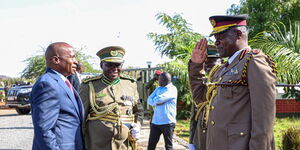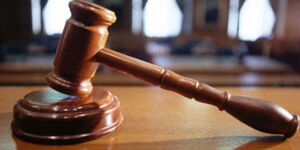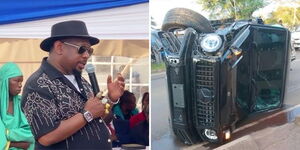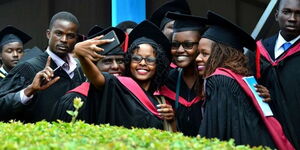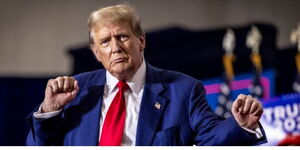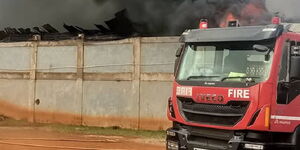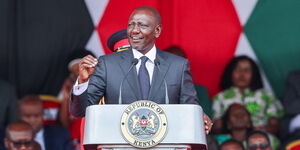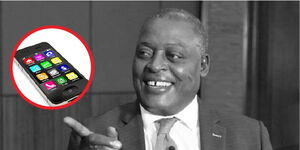The US Secret Service clarified the authenticity of Ksh2 billion that was unearthed from a safety deposit box at a local bank.
The money, which was stashed in US dollars, was sent to the US security agents for analysis.
The Secret Service examined 13,194 specimen notes worth Ksh131 million and concluded that they were fake.
The Standard reported that Gilbert Gunn, an investigative agent, told Judge John Mativo that the April 2 investigation showed that the seized notes did not possess security features.
“My examination of the above 13,194 specimens determined that they are counterfeit because they do not contain authentic features that are found on the US 100 Federal Reserve Notes (1996 and 2004 style),” Gunn wrote.
His first feature in the checklist was red and blue fibres in the currency. He then looked at the Intaglio (raised) printing, typographic printing, security thread, watermark, color shifting ink then microprinting.
He also checked two special features only in the 2004 style dollar - 3D security ribbon and a colour shifting bell in the Inkwell.
Businessman Erick Adede, the owner of the safety deposit box that the notes were found in, had told the DCI that they were real and wanted the detectives compelled to return them.
"The DCI knows that the money is not fake and is illegally withholding it without any authority,” swore Adede.
In May, he was charged alongside Ahmed Shah, Irene Wairimu Kimani and Elizabeth Muthoni with several counts in connection with the suspected forged dollar bills and fake gold recovered inside his safety deposit box.
Why US Secret Service was involved.
The United States Secret Service is a federal law enforcement agency with headquarters in Washington, D.C., and more than 150 offices throughout the United States and abroad. It was established in 1865 solely to suppress the counterfeiting of U.S. currency but today, the Secret Service is mandated by Congress to carry out the integrated missions of protection and investigations.

